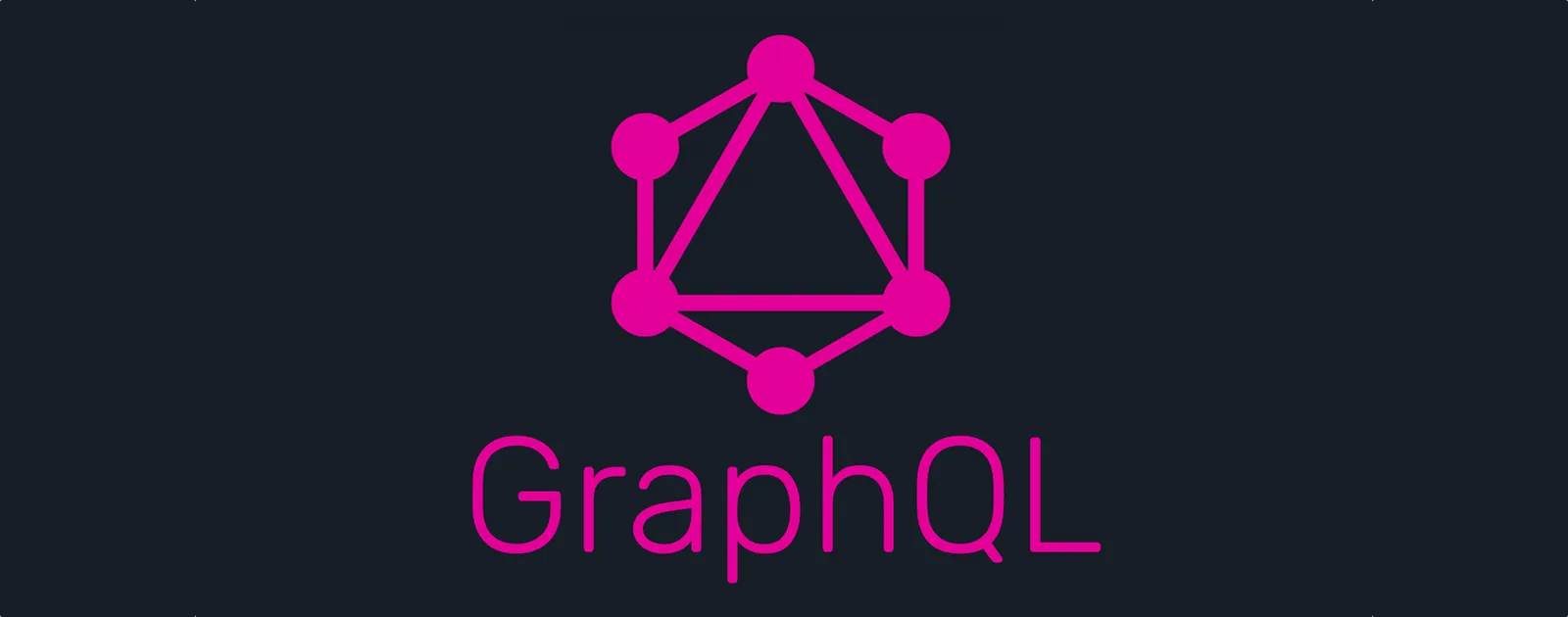
Dive Into GraphQL


Published two years ago by Facebook, GraphQL has taken the web development community by surprise. Introduced as an alternative to REST, GraphQL promises faster applications and improved developer experience. Already used in production, it seems to have all the qualities required to become a new standard.
Does it, really? Personally, I believe that, in web development, there is no one-size fits all tool. So beyond marketing, what is really GraphQL, and does it deliver on its promises? Is GraphQL a good fit for my next mobile application, is it a good fit for your next project?
Based on the experience of the marmelab developers, accumulated over several GraphQL projects during the past 6 months, the answer is neither a clear yes nor a no. Its takes some time to have a clear vision, so I wrote a series of 5 tutorials to share what we found and what we think.
- Part I: What’s Wrong With REST?
- Part II: Anatomy of a GraphQL Query
- Part III: Building a GraphQL Server With Node.js
- Part IV: Building a GraphQL-powered mobile application With React.js
- Part V: Should You Use GraphQL?
Once you read these tutorials, you should have a clear vision of GraphQL, too. And you should be able to write a production-grade, GraphQL-powered web application in every detail.
Authors

Marmelab founder and CEO, passionate about web technologies, agile, sustainability, leadership, and open-source. Lead developer of react-admin, founder of GreenFrame.io, and regular speaker at tech conferences.